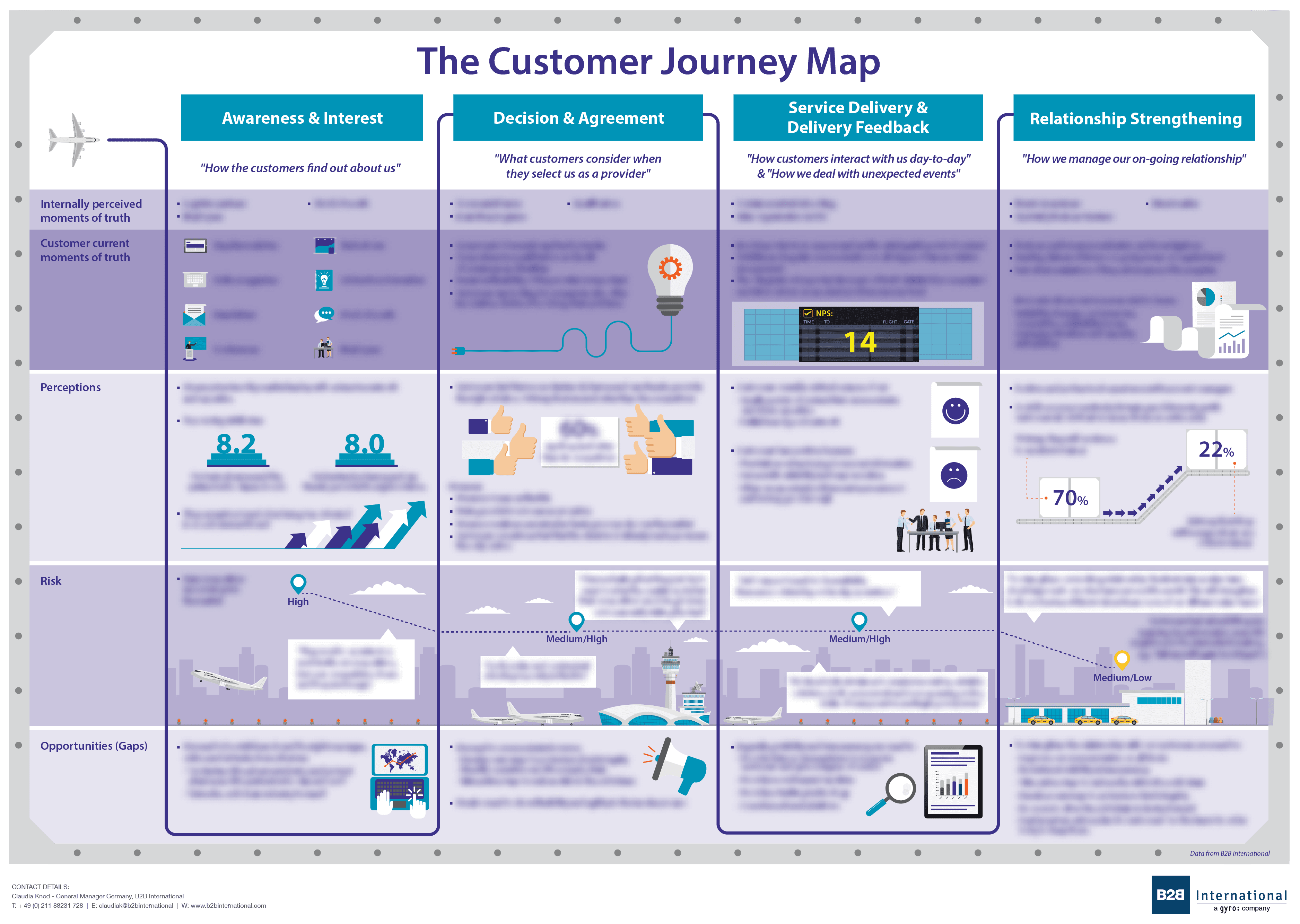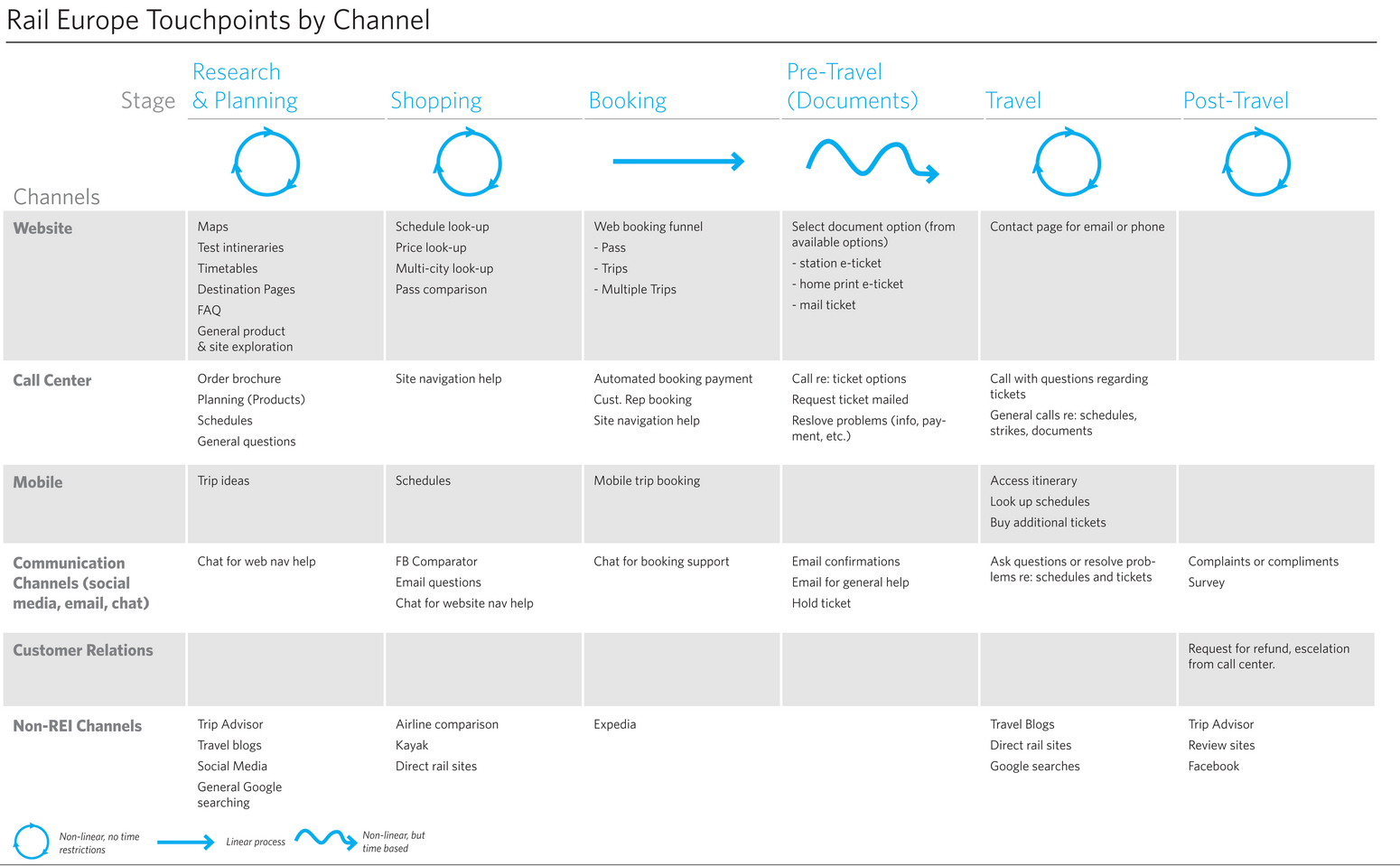
The whole experience occurs when the interaction takes place through the stimulation of goods and services consumed. This experience often affects the emotions of the customer. According to Holbrook & Hirschman studies (1982) customer experience can be defined as a whole event that a customer comes into contact with when interacting with a certain business. Customer experience has emerged as a vital strategy for all retail businesses that are facing competition. Customer experience involves every point of contact you have with a customer and the interactions with the products or services of the business. In today's competitive climate, more than just low prices and innovative products are required to survive in the retail business. Products and services emerge from the real soul of the brand and connect naturally and on a long term sustainable basis with clients and other stakeholders.

Market orientation: Some consideration of customer needs and segmentation arises, developing different marketing mix bundles for each one.


A company's ability to deliver an experience that sets it apart in the eyes of its customers will increase the amount of consumer spending with the company and inspire loyalty to its brand. Īccording to Forrester Research (via Fast Company), the six disciplines for great customer experience are strategy, customer understanding, design, measurement, governance and culture. Some companies are known to segment the customer experience into interactions through the web and social media, while others define human interaction such as over-the-phone customer service or face-to-face retail service as the customer experience. įorbes describes the customer experience as the "cumulative impact of multiple touchpoints" over the course of a customer's interaction with an organization. The pre-consumption anticipation experience can be described as the amount of pleasure or displeasure received from savoring future events, while the remembered experience is related to a recollection of memories about previous events and experiences of a product or service. ĭifferent dimensions of customer experience include senses, emotions, feelings, perceptions, cognitive evaluations, involvement, memories, as well as spiritual components, and behavioral intentions.

Four realms of experience include esthetic, escapist, entertainment, and educational components. Pine and Gilmore described the experience economy as the next level after commodities, goods, and services with memorable events as the final business product. Four realms of customer experience (Pine & Gilmore, 1999)Ĭustomer experience ( CX) is a totality of cognitive, affective, sensory, and behavioral consumer responses during all stages of the consumption process including pre-purchase, consumption, and post-purchase stages.


 0 kommentar(er)
0 kommentar(er)
